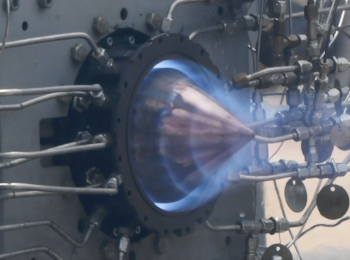
It is known that redheads are at a higher risk than others of getting skin cancer. And now, an international team of researchers has been able to show that sunlight damages their genes to a greater extent.
Scientists have now come to a step closer to understanding why people with red hair are more at risk of the deadly skin cancer melanoma.
Only those who have inherited a variation of the gene MC1R from both parents will be red haired. The MC1R gene affects the body’s production of the skin pigment melanin. It makes the skin more receptacle to freckles and a lighter skin tone that tends to become red instead of brown when exposed to sunlight.
“It has been known for a while that a person with red hair has an increased likelihood of developing skin cancer, but this is the first time that the gene has been proven to be associated with skin cancers with more mutations,” explained David Adams, PhD, joint lead researcher at the Wellcome Trust Sanger Institute in Hinxton, England.
42 percent more mutations
Scientists have studied skin samples and genetic data from 405 patients with malignant melanoma and found that patients with this particular variation of the gene that gives red hair also had many more harmful changes or mutations in their cancer cells than those who did not have the gene variation.
Those with the MC1R gene had 42 percent more mutations than those with other hair colors, which is equivalent to an additional 21 years of sun exposure.
Other types of melanin
The production of the pigment melanin increases when the skin is exposed to sunlight. Melanin is produced in the body to protect our cells against overexposure and large amounts of harmful ultraviolet light, known as UV light.
Those with red hair and the MC1R gene, have a different kind of melanin, however. And this variant is less effective at protecting cells from sunlight, according to the researchers.
The researchers also show that not only redheads have this kind less effective melanin. Even people who have only a simple variation of the gene – therefore not red hair – turns out to have the kind of ‘less potent’ melanin and they have just as many mutations in their cancer cells as those with red hair.
These people who are often blonde are not as frequently affected by malignant melanoma as those with red hair, however. The researchers do not know why this is. But they do suspect that even those with only one copy of this gene variation is more sensitive to sunlight than previously thought.
“Unexpectedly, we also showed that people with only a single copy of the gene variant still have a much higher number of tumor mutations than the rest of the population. This is one of the first examples of a common genetic profile having a large impact on a cancer genome and could help better identify people at higher risk of developing skin cancer.”
MC1R gene mutations not entirely explained by sunlight
Exposure to UV light causes damage to the DNA, but the study also revealed that the MC1R gene variation not only increased the number of spontaneous mutations caused by ultraviolet light but also raised the level of other mutations in the tumors.
“This is the first study to look at how the inherited MC1R gene affects the number of spontaneous mutations in skin cancers and has significant implications for understanding how skin cancers form. It has only been possible due to the large-scale data available. The tumors were sequenced in the USA, from patients all over the world and the data was made freely accessible to all researchers. This study illustrates how important international collaboration and free public access to datasets is to research,” explained Professor Tim Bishop, joint lead author, and director of the Leeds Institute of Cancer and Pathology at the University of Leeds, West Yorkshire, England.
The study revealed that the MC1R gene variant both increased the number of spontaneous mutations caused by ultraviolet light and also raised the level of other mutations in the tumors. This suggests that biological processes exist in cancer development in people with MC1R variation that are not solely related to ultraviolet light.
_____________
Carla Daniela Robles-Espinoza, Nicola D. Roberts, Shuyang Chen, Finbarr P. Leacy, Ludmil B. Alexandrov, Natapol Pornputtapong, Ruth Halaban, Michael Krauthammer, Rutao Cui, D. Timothy Bishop & David J. Adams 2016, Germline MC1R status influences somatic mutation burden in melanoma
__________________________


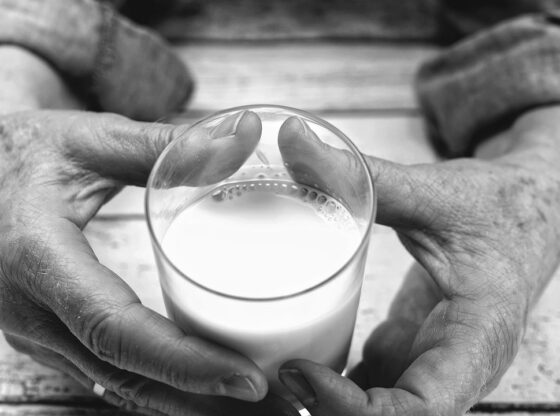

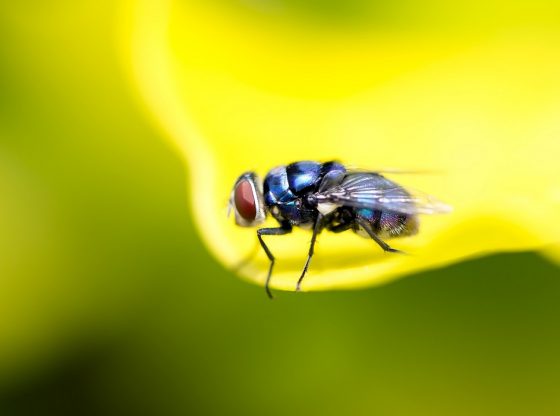

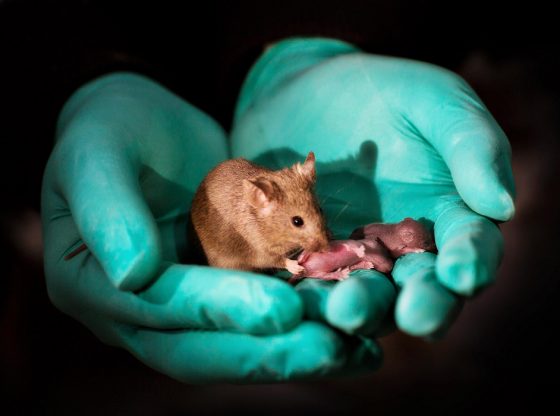
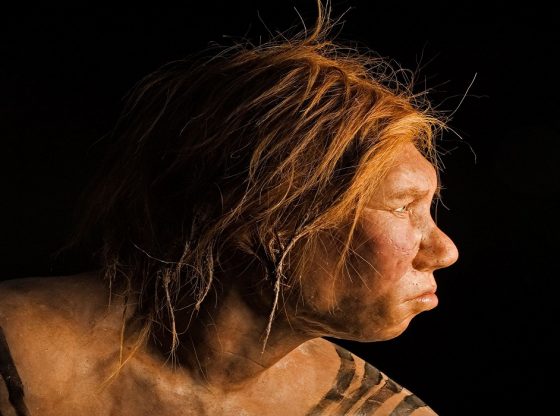
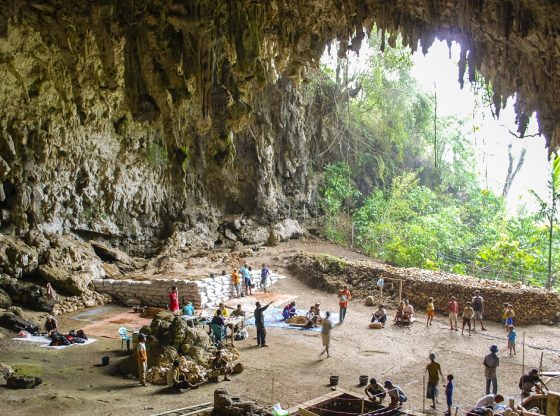
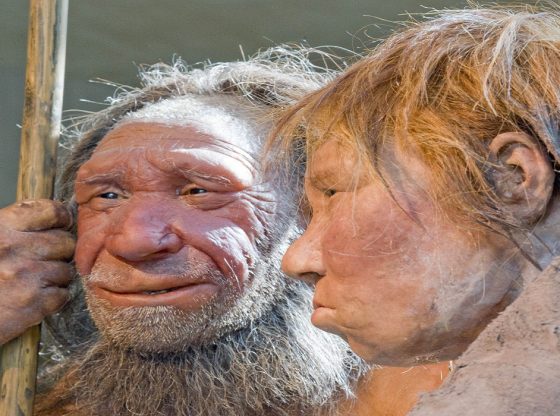

![OpenAI. (2025). ChatGPT [Large language model]. https://chatgpt.com](https://www.illustratedcuriosity.com/files/media/55136/b1b0b614-5b72-486c-901d-ff244549d67a-350x260.webp)
![OpenAI. (2025). ChatGPT [Large language model]. https://chatgpt.com](https://www.illustratedcuriosity.com/files/media/55124/79bc18fa-f616-4951-856f-cc724ad5d497-350x260.webp)
![OpenAI. (2025). ChatGPT [Large language model]. https://chatgpt.com](https://www.illustratedcuriosity.com/files/media/55099/2638a982-b4de-4913-8a1c-1479df352bf3-350x260.webp)








